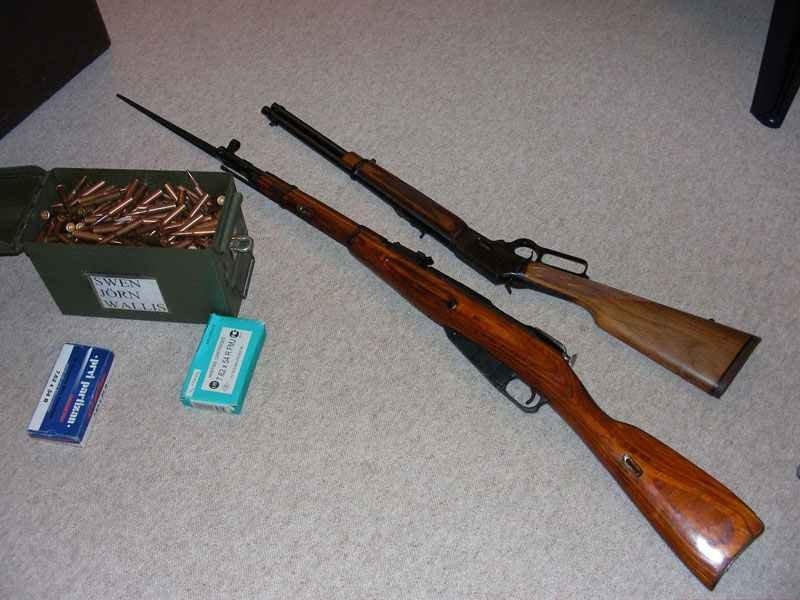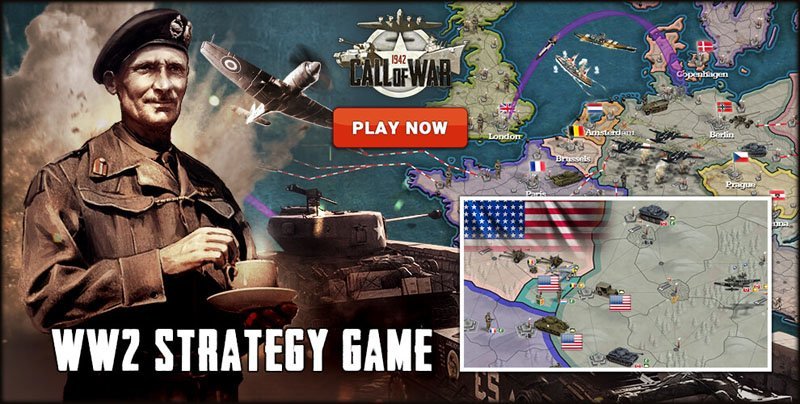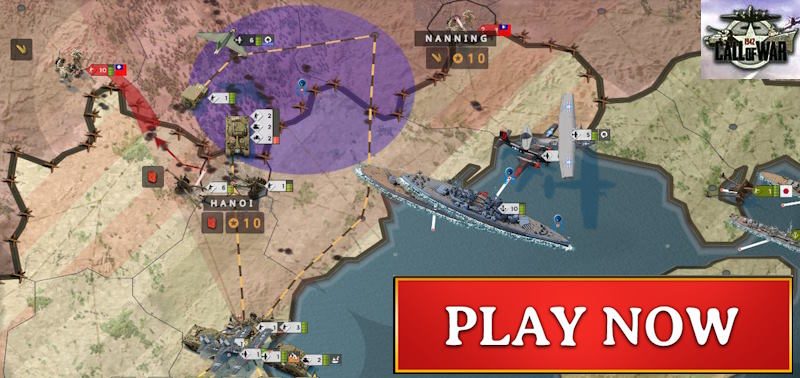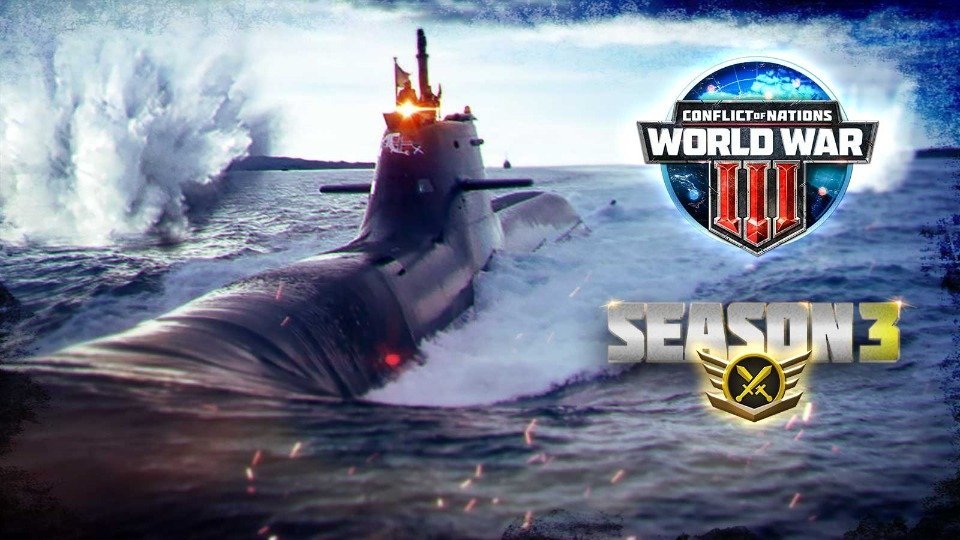WWII Ammunition that Changed Battlefield Tactics.

Every ammunition enthusiast knows about the .30-06 Springfield and 8mm Mauser cartridges from World War II. But the war’s true ammunition innovations often get overlooked in favor of well-known military rounds and Hollywood favorites. At Scorpion Ammo, we understand that the real story of WWII ammunition lies not in fame or production numbers, but in how specific loads and cartridge developments changed battlefield tactics forever.
The ammunition that truly shaped WWII went beyond basic infantry cartridges to include specialized loads, innovative bullet designs, and tactical applications that influenced modern ammunition development. These cartridges didn’t just kill enemies, they changed how wars were fought and established principles that guide contemporary ammunition design.
Rifle Cartridge Innovations
Table of Contents
.30-06 Springfield and Semi-Auto Optimization
The .30-06 Springfield cartridge’s adaptation for semi-automatic rifles like the M1 Garand represented a crucial ammunition development that gave American forces decisive tactical advantages. While the cartridge itself predated WWII, wartime ammunition manufacturing focused on consistent performance in semi-automatic actions.
American ammunition manufacturers developed specialized powders and bullet designs optimized for the Garand’s gas-operated system. This focus on reliable cycling ammunition established manufacturing standards that continue to influence modern .223 rem ammunition production for semi-automatic rifles.
The .30-06’s excellent ballistic performance, combined with manufacturing techniques that ensured consistent function in rapid-fire applications, demonstrated how ammunition development must consider the complete weapon system rather than just ballistic performance.
German 7.92×57mm Specialized Loads
German ammunition development during WWII produced some of the war’s most innovative cartridge applications. The 7.92×57mm Mauser served as the platform for numerous specialized loads that expanded tactical possibilities for German forces.
German ammunition innovations: • Armor-piercing rounds with tungsten cores for anti-vehicle applications • Tracer ammunition with improved visibility and reduced barrel wear • Sniper loads with precision-matched bullets for long-range accuracy • Reduced-charge loads for training and specialized applications
These specialized 7.92mm loads demonstrated how a single cartridge case could serve multiple tactical roles through bullet and powder variations, a concept that influences modern cartridge development including versatile rounds like .300 blk ammunition.
Submachine Gun Cartridge Development
7.62×25mm Tokarev Penetration Performance
The Soviet 7.62×25mm Tokarev cartridge represented a unique approach to submachine gun ammunition that prioritized penetration over expansion. This high-velocity pistol cartridge could defeat body armor and light cover that stopped other pistol rounds.
The Tokarev cartridge’s bottlenecked design achieved rifle-like velocities in pistol-length barrels, creating devastating penetration capabilities that influenced Soviet tactics. Units equipped with PPSh-41 submachine guns could engage targets behind cover that other submachine guns couldn’t touch.
This emphasis on penetration over expansion established principles seen in modern high-velocity pistol cartridges and influenced development of powerful defensive rounds like 10mm ammunition.
9mm Parabellum Military Optimization
German 9mm Parabellum ammunition development during WWII focused on optimizing the cartridge for military applications rather than civilian use. This included harder bullet construction, improved powder formulations, and specialized military loads.
Military 9mm ammunition development during the war established many standards still used today, including bullet weight optimization for military barrel lengths and powder charges designed for reliable function across temperature extremes.
The 9mm’s widespread adoption by German forces demonstrated the cartridge’s versatility and reliability, establishing it as a standard military round that continues to dominate modern military and law enforcement applications.
Handgun Cartridge Military Applications
.45 ACP in Combat Roles
The .45 ACP cartridge proved its worth in WWII through devastating close-combat performance that smaller calibers couldn’t match. American ammunition manufacturers optimized .45 auto ammunition for military applications through improved bullet designs and consistent powder charges.
Military .45 ACP loads emphasized reliable expansion and maximum stopping power for close-quarters combat situations. The cartridge’s large, slow-moving bullets created massive wound channels that immediately incapacitated opponents, making it invaluable for tunnel fighting and building clearing operations.
The .45 ACP’s proven combat effectiveness influenced post-war development of large-caliber defensive ammunition, including modern powerful handgun cartridges like .44 magnum ammunition.
Revolver Cartridge Applications
WWII saw continued use of revolver cartridges in specialized military roles, particularly among Commonwealth forces and in situations where revolver reliability proved superior to semi-automatic pistols.
.38 Special ammunition saw extensive military use in simplified loads designed for consistent function across various revolver types. Quality .38 Special ammunition provided adequate stopping power while offering manageable recoil for military personnel with limited handgun training.
.357 Magnum cartridges, though limited in military use, demonstrated the potential for high-velocity revolver ammunition. Modern .357 Magnum ammunition builds on wartime lessons about achieving rifle-like performance in handgun cartridges.
Traditional cartridges like .45 Colt continued seeing service in specialized roles. Quality .45 Colt ammunition provided proven stopping power in reliable revolver platforms, particularly in Pacific theater conditions where semi-automatic pistol reliability suffered.
Post-War Ammunition Influence
Intermediate Cartridge Concepts
The German development of intermediate cartridges during WWII established concepts that would dominate post-war military thinking. The 7.92×33mm Kurz cartridge used in the StG44 demonstrated that reduced-power rifle cartridges could provide excellent battlefield performance while reducing logistics burdens.
This intermediate cartridge concept influenced modern military ammunition development, leading to cartridges optimized for assault rifle applications. Modern developments in versatile cartridges like 5.56/.45 ammunition trace their lineage to these WWII innovations.
Manufacturing and Quality Control
WWII ammunition production established manufacturing standards and quality control procedures that continue to influence modern ammunition production. Wartime requirements for consistent performance under extreme conditions drove innovations in powder manufacturing, bullet construction, and cartridge case production.
These manufacturing innovations enable modern ammunition producers to offer consistent performance across different applications, from precision target loads to defensive ammunition. Quality packaging systems like box ammo containers trace their development to wartime needs for ammunition protection and organization.
Modern Applications of WWII Lessons
Tactical Ammunition Storage
WWII demonstrated the critical importance of ammunition logistics and field storage for maintaining combat effectiveness. These lessons influenced modern ammunition storage and transport systems, including portable solutions like ammo go bags designed for tactical applications.
Field ammunition requirements during WWII established principles for protecting ammunition from environmental contamination while maintaining quick access for combat operations. These principles continue to guide modern tactical ammunition storage development.
Specialized Competition Applications
Many WWII ammunition developments found post-war applications in competitive shooting, where precision and consistency requirements mirror wartime accuracy demands.
Competitive cartridges like .38 Super ammunition trace their development to wartime innovations in high-velocity handgun cartridges. Similarly, .40 S&W ammunition incorporates lessons learned from wartime research into optimal bullet weights and velocities.
Modern specialized loads like .44 Special ammunition benefit from wartime research into reduced-recoil loads that maintain effectiveness while improving controllability.
Conclusion
The ammunition that truly changed WWII battlefields introduced tactical innovations that continue to influence modern cartridge development and military thinking. From the .45 ACP’s devastating close-combat performance to the 7.62×25mm Tokarev’s armor-piercing capabilities, these cartridges solved specific battlefield problems while establishing principles that guide contemporary ammunition design.








